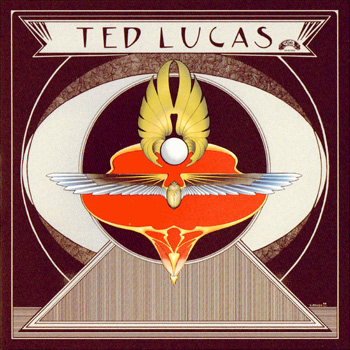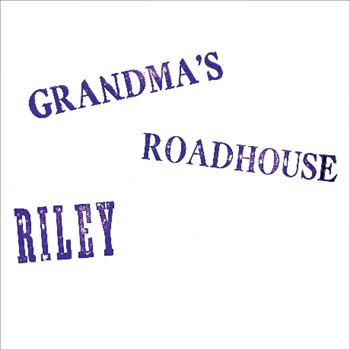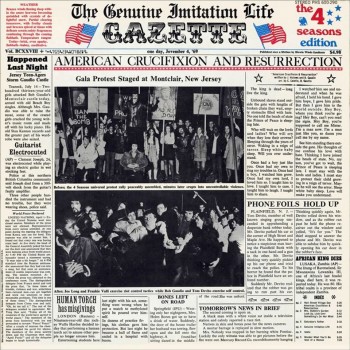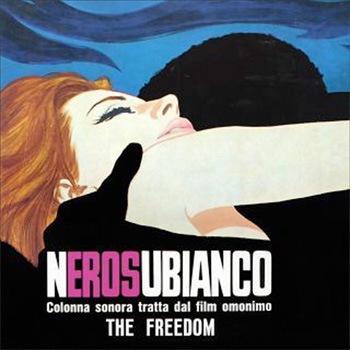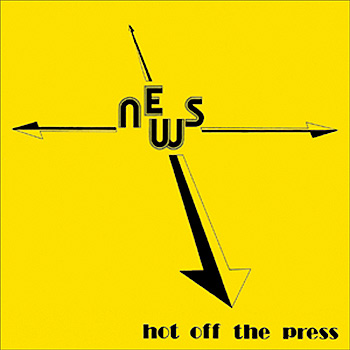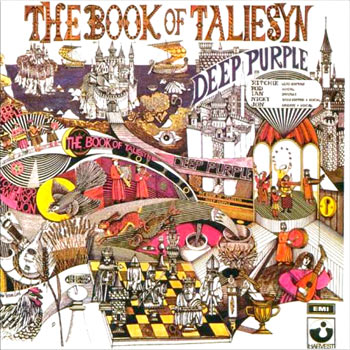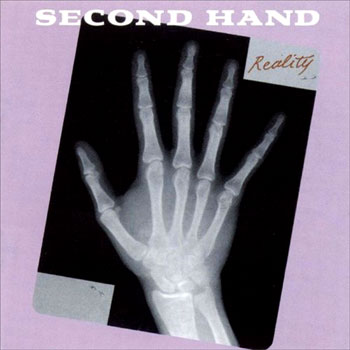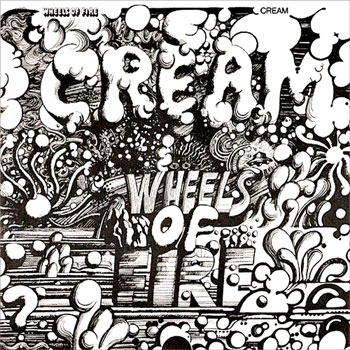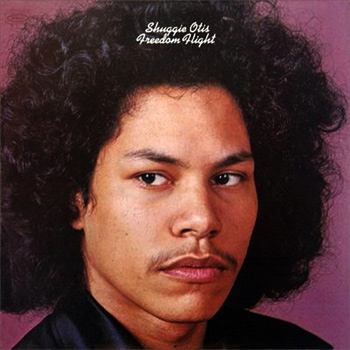John Pantry “The Upside Down World Of John Pantry”
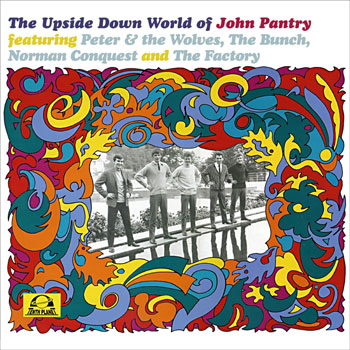
John Pantry is one of those artists that deserves to be heard by more people, especially those who value melodic British pop. He released one decent solo disc in the early 70s (which has not been reissued as of this date) before delving into the world of Christian music. Prior to that, he had been a talented studio engineer for IBC Studios (working with Eddie Tre-Vett), producing for the likes of Donovan, The Small Faces, The Bee Gees, The Who, Jimi Hendrix, and Cream. He was also a member of Peter & The Wolves, an accomplished mid 60s pop group from Leigh-on-Sea/Southend and had a major hand with many other IBC studio projects of the time: the Factory, Sounds Around, Wolfe, The Bunch and Norman Conquest.
In 2009, Wooden Hill released a double disc set of Pantry’s late 60s/early 70s work. It includes singles/tracks from all the above groups plus numerous outtakes and demos. If anything, this set (53 tracks!) illustrates the depth of Pantry’s talents. Besides being a savy studio technician, Pantry was a gifted songwriter and vocalist and an accomplished musician (he played the keyboards). The earlier tracks stem from one of Pantry’s first groups, Sounds Around. These guys played straight pop with slight soul and psych influences – they released two singles in 1966-1967. Peter & The Wolves came shortly after Sounds Around’s demise (they were essentially the same group). This is the group with which Pantry is most associated, along with The Factory. Peter & The Wolves released several singles and lasted into the early 70s. This group’s most productive period was probably the years of 1967-1969, where they released a string of pop gems: a good, upbeat blue-eyed soul number titled “Still”, the superb Emitt Rhodes like “Woman On My Mind” and several tuneful psych pop creations, “Lantern Light,” “Birthday,” and “Little Girl Lost And Found” being the best in this style.
It was around this time that John Pantry was asked to write two tracks for The Factory, a legendary psychedelic group who had previously released the classic “Path Through The Forest” 45. Pantry wrote and sang lead on the two Factory standouts, “Try A Little Sunshine” and the more folk-like “Red Chalk Hill.” “Try A Little Sunshine” is the heaviest song on this comp, a classic that mixes Who power with Moody Blues spaciness.
During this period Pantry took advantage of free studio time and recorded a slew of demos. While the sound quality is slightly below par, the power of popsike gems like “Battle Of Trafalgar,” “Pitsea Pub,” “Wash Myself Away,” and “Mississippi Paddleboat” cannot be denied. Most of the material spanning these two discs strongly recalls Paul McCartney, Emitt Rhodes/The Merry-Go-Round and a more cheerful, punchy Bee Gees. Wooden Hill exercised quality control (no duff tracks to be found) and should be commended for reissuing this great anthology.
Peter and the Wolves “Woman On My Mind” (1968-)
![]() CD Reissue | 2009 | Wooden Hill | buy at amazon ]
CD Reissue | 2009 | Wooden Hill | buy at amazon ]
![]() Original Vinyl | 1999 | Tenth Planet | search ebay ]
Original Vinyl | 1999 | Tenth Planet | search ebay ]
